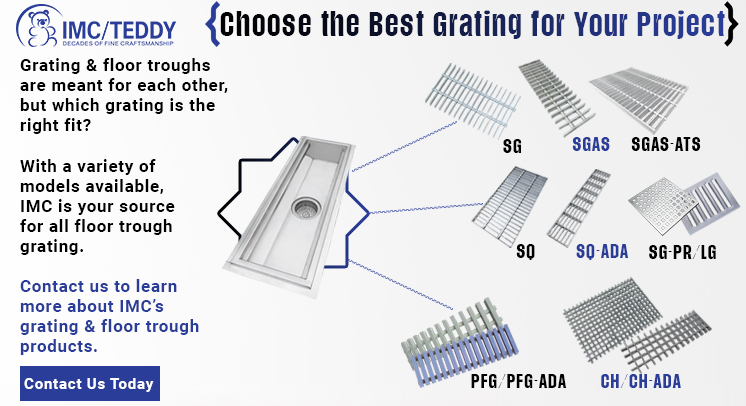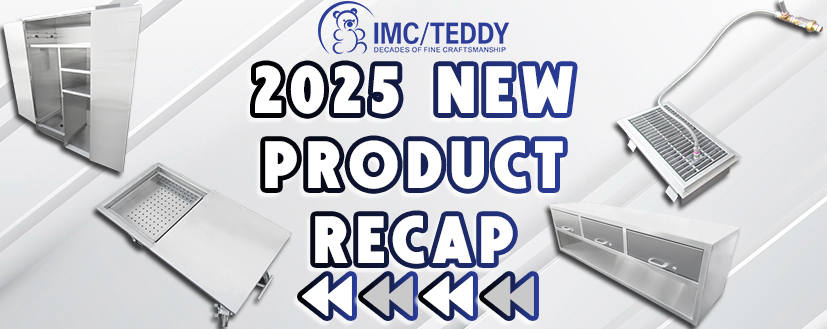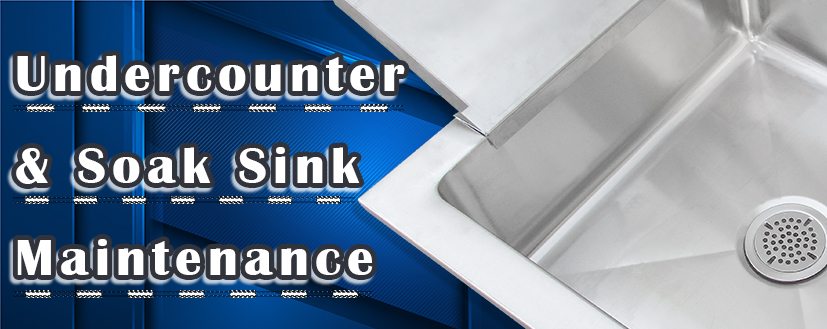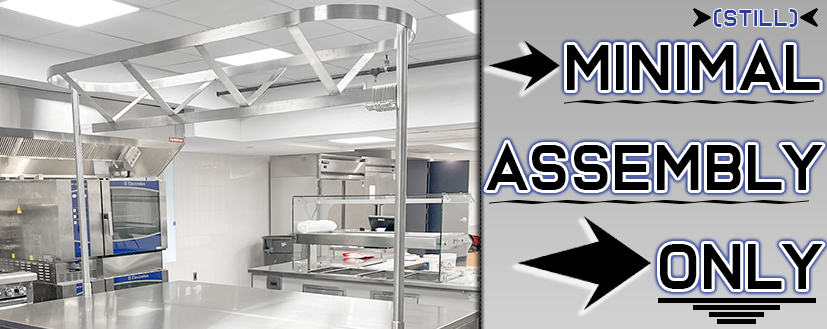Commonly Asked Questions About Grating

We are back again in 2024 with our monthly FAQ series! For the first one of the year, we will be addressing your most asked questions about floor trough grating.
Grating is an essential part of any floor trough as it allows access for foot & vehicular traffic. Most importantly grating prevents large debris from entering into the trough potentially causing a catastrophic clog in the drain. Grating comes in all shapes, sizes & types which can lead to some confusion during the selection process – we will touch upon this later in the article. Don’t worry; IMC is here to clear the air.
In this article, we’ll give 5 of the most common questions asked about floor trough grating & give our answers to guide you. Let’s start with question #1.
1. Stainless Steel vs. Fiberglass Grating – Which One is Better?
This is the most common question, but we wrote an in-depth article on this comparison here. But, we will give a brief rundown below:
Stainless Steel Grating
- Non-corrosive – better fit for toxic environments
- Works better in moist/wet environments
- Overall better resistance & durability
- If you are commonly using vehicles, stainless steel grating will work better in the long term
Fiberglass Grating
- Rust proof, slip-resistant & lightweight
- Non-conductive – better fit for non-electrical environments
- Lightweight for easy removal/cleaning
- Budget friendly
Ultimately, the choice of which material to use will be up to you. However, the question of application and maintenance/upfront costs may sway your decision. Either way, IMC provides both types of grating for all our manufactured floor troughs.
2. I’m Looking into Stainless Steel Grating – What is the Difference Between Them? Which One is Right for Me?
IMC manufactures 4 main types of stainless steel grating, each with their own unique properties:
– Model #SG is the standard subway grating. It’s the most basic grating that IMC manufactures & has 1″ spacing in between the bars. Useful for most normal applications.
– Model #SGAS is IMC’s anti-slip surface grating. The bars are machine serrated to provide the anti-slip property. Useful for wet areas that see heavy foot traffic.
– Model #SGAS-ATS provides anti-splash properties thanks to the slanted 90° bars. Primarily used in areas with heavy, gushing liquids to prevent slip & fall accidents.
– Model #SQ is also custom serrated to provide an anti-slip surface, but the difference is that there is banding on all 4 sides to form a closed grid appearance.
Here’s a visual look at all 4 stainless steel grating types:

The choice of which one to pick will depend on your application. If you are in an area with large amounts of water & foot traffic, having your grating equipped with an anti-slip property is a smart decision. If you are in an area with light water flow, standard grating should be sufficient.
3. My Facility Must Meet ADA Compliance, Which Grating is Best?
Both IMC stainless & fiberglass grating is available to meet ADA compliance. Standard grating has 1″ spacing in between bars. However, ADA compliant grating has ½” spacing in between bars so vehicles such as wheelchairs do not snag.
IMC manufactures SG-ADA & SQ-ADA for stainless steel grating. For fiberglass, IMC manufactures PFG-ADA (colored blue, rather than the standard gray) & CH-ADA. Pointing back to question 1, the type of grating you choose depends on your preference & application. Here is a quick look at our ADA compliant grating:

4. I Need a Custom Shape (& Size), is it Possible?
Yes, IMC grating can be shaped in nearly any design with custom sizes as well. It should be noted that standard grating is sized up to 20″ long sections, so multiple pieces of grating will be needed if you have a larger sized trough. Typically, IMC grating can exceed 10′ long & 30″ wide (in sections) if you need to cover a wide area. Here is an example of some custom sized grating manufactured by IMC:
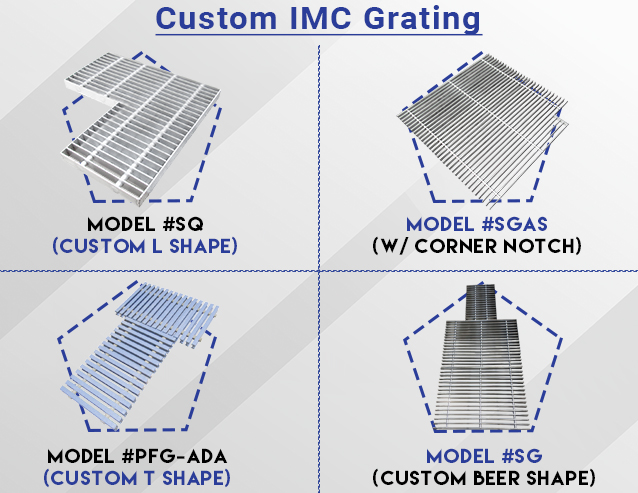
5. What About Perforated & Louvered Grating?
IMC also manufactures specialty perforated & louvered stainless steel grating. Perforated grating is banded & constructed of several ½” square holes for aggressive drainage areas. Louvered grating is made up of several die-formed slots for more uniform drainage.
Both are available for all floor troughs in our catalog. Contact us to learn more if these two types of grating will work for you. Here’s a look at the two grating types:

Grating & floor troughs go hand in hand. Having the right combo of trough & grating is vital for keeping the ground safe & sanitary for everyone. To learn more about IMC’s grating offerings, click here.